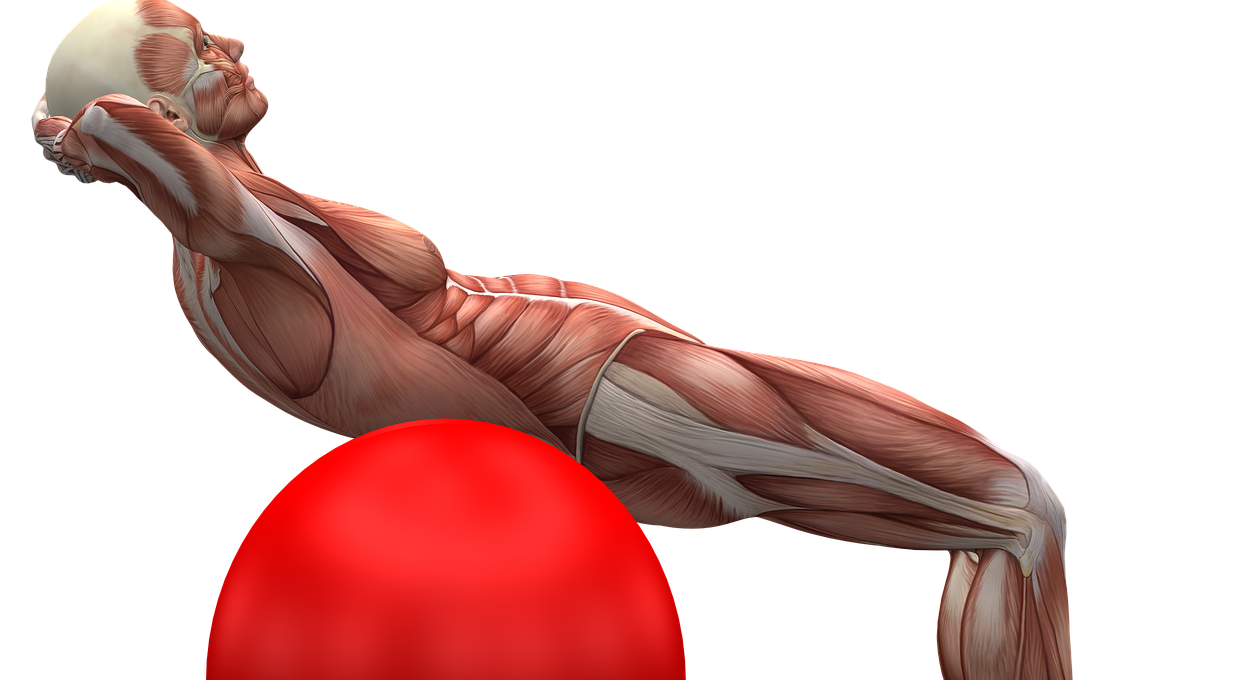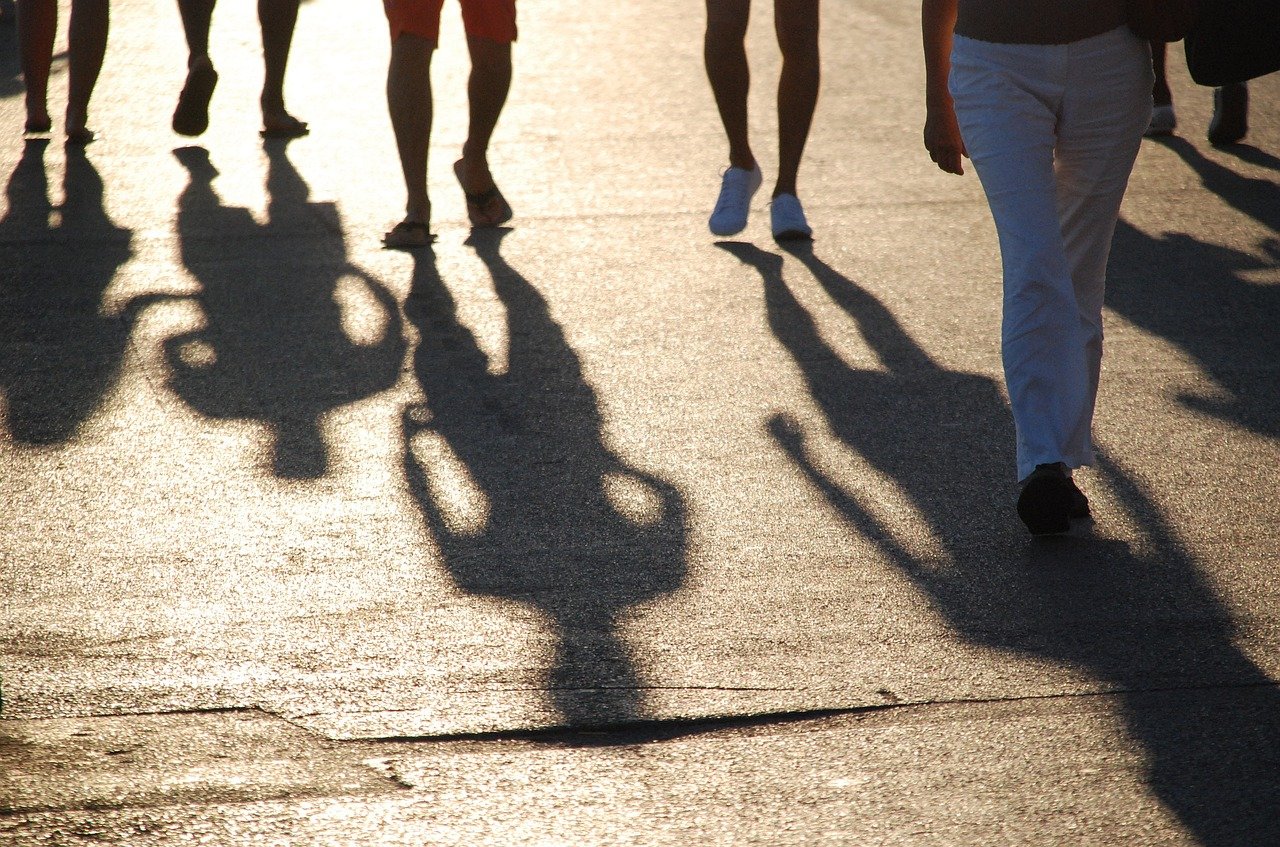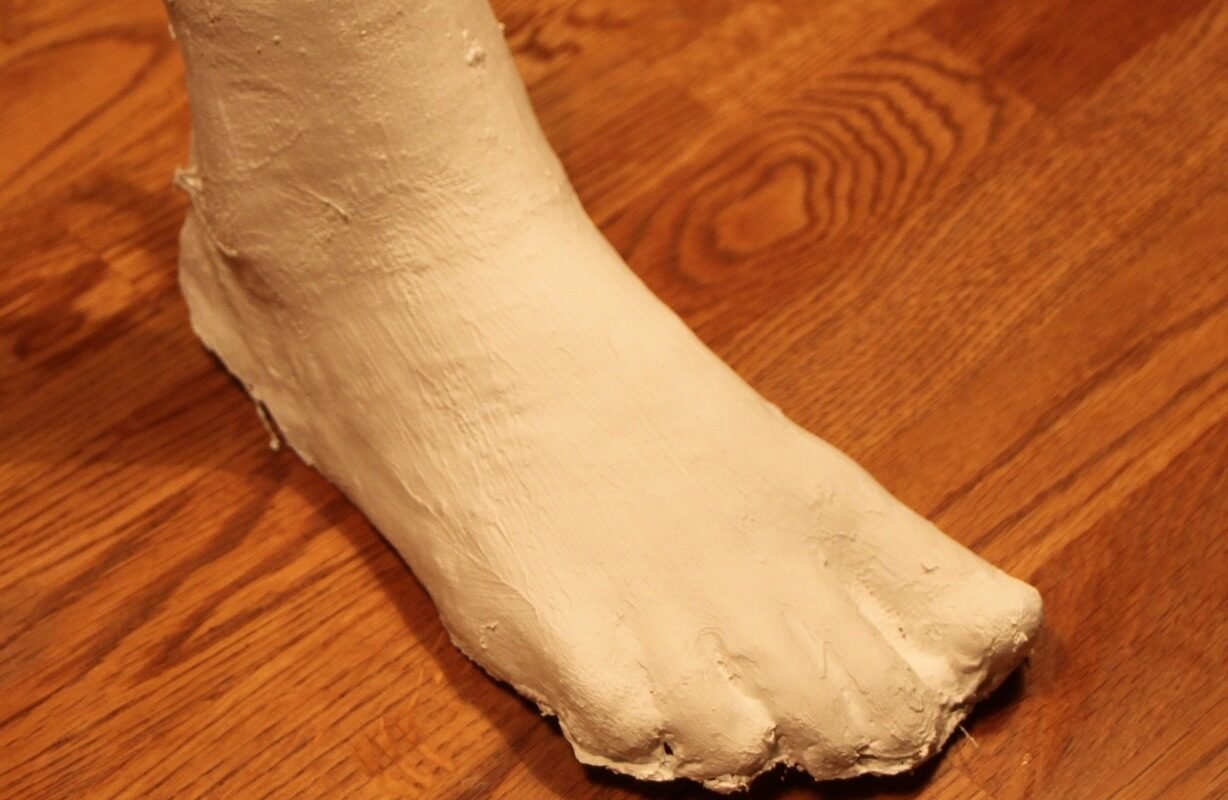5 Semester B.Sc Nursing
Milestones & Scope of Epidemiology: History, Types & Process Explained
Epidemiology is the backbone of public health. Explore its history, key milestones, scope, types, and the crucial epidemiological process.
Discover the history, milestones, scope, and types of epidemiology. Learn about the epidemiological process and its significance in public health.
Table of Contents
Introduction to Epidemiology
- Epidemiology is the study of how diseases spread and affect human populations.
- It helps in preventing diseases and improving public health.
- The term “epidemiology” comes from:
- Epi (among)
- Demos (people)
- Logos (study) → Meaning “study among people.”
Types of Disease Occurrence
- Epidemic – A sudden increase in disease cases in a community (e.g., COVID-19).
- Endemic – A disease that is always present in a specific area (e.g., malaria in tropical regions).
- Pandemic – A disease outbreak that spreads across multiple countries (e.g., AIDS, COVID-19).
Historical Perspectives
- Hippocrates (Father of Epidemiology) studied disease patterns and introduced the terms:
- Endemic – Diseases always present in certain areas.
- Epidemic – Diseases occurring at specific times.
- Dr. John Snow (1854) – Discovered the source of a cholera outbreak in London, marking the start of modern epidemiology.
- Joseph Lister (1865) – Introduced antiseptics for infection control, inspired by Louis Pasteur’s germ theory.
Concept of Epidemiology
- It studies disease causes, risk factors, and prevention.
- Expanded from infectious diseases to include chronic diseases (like cancer, heart disease).
- Important branches include:
- Infectious Disease Epidemiology
- Chronic Disease Epidemiology
- Cancer Epidemiology
- Neuroepidemiology
Epidemiological Study Designs
- Descriptive Studies – Observe disease patterns.
- Analytical Studies – Identify causes and risk factors.
- Experimental Studies – Test new treatments and prevention methods.
Epidemiological Triad
- Host (Human)
- Agent (Bacteria, virus, or toxin)
- Environment (Surroundings affecting disease spread)
Modern Applications
- Used in public health planning, disease prevention, and health policies.
- Helps people make informed health decisions (e.g., healthy diet, vaccinations).
History of Epidemiology
Epidemiology traces back to Hippocrates (460-377 BC), who linked disease to lifestyle and environment. However, modern epidemiology emerged in the 19th century, as diseases like cholera, plague, and smallpox caused widespread outbreaks.
Florence Nightingale’s Influence
Florence Nightingale (1820-1910) applied statistics to improve hospital conditions during the Crimean War. Her detailed records helped shape epidemiology in nursing.
Early Theories
- Miasma Theory: Believed diseases came from “bad air” or vapors.
- Contagion Theory: Recognized that diseases spread from person to person.
Causal Relationships
Epidemiology studies how diseases spread and their causes. The triad model (Agent, Host, Environment) explains disease transmission. Today, a more complex “web of causation” is used to analyze multiple factors affecting health.
Key Milestones in Epidemiology
- 1662 – John Graunt: Studied death patterns using mortality records.
- 1747 – James Lind: Discovered citrus fruits prevent scurvy.
- 1798 – Edward Jenner: Developed smallpox vaccination.
- 1854 – John Snow: Linked cholera to contaminated water.
- 1870s – Robert Koch: Identified bacteria causing diseases like TB and cholera.
- 1950s – Hill & Doll: Found a link between smoking and lung cancer.
- 1952 – Jonas Salk: Developed the polio vaccine.
- 1977 – WHO: Declared smallpox eradicated.
- 1980s – US Dept. of Health: Reported racial health disparities.
Development of Epidemiology
1. Sanitary Statistics Era (19th Century)
- Belief: “Bad air” (Miasma) causes disease.
- Method: Studied disease clusters.
- Prevention: Improved sanitation, drainage, and sewage systems.
2. Infectious Disease Era (19th-20th Century)
- Belief: Germs cause disease.
- Method: Lab studies, isolating bacteria.
- Prevention: Vaccines, antibiotics, and quarantines.
3. Chronic Disease Era (20th Century – Present)
- Belief: Lifestyle and environment impact health.
- Method: Studying risk factors in populations.
- Prevention: Diet, exercise, and pollution control.
4. Ecoepidemiology (Modern Approach)
- Belief: Multiple factors at different levels affect health.
- Method: Advanced technology and data analysis.
- Prevention: Combining public health and medical research.
Contributions of Epidemiology
- Tracks diseases over time to predict future health needs.
- Identifies health problems by studying disease rates and patterns.
- Evaluates healthcare services to improve public health.
- Assesses individual health risks based on group studies.
- Recognizes new disease patterns and syndromes.
- Explains disease progression to enable early prevention.
- Studies causes of diseases using scientific comparisons.
- Collects and analyzes health data to guide policies.
- Identifies at-risk groups for better disease prevention.
- Connects epidemiology to nursing practice for better community care.
- Improves inter-professional communication through shared data.
- Helps understand environmental health risks.
- Assesses nursing outcomes using statistical methods.
Scope of Epidemiology
Epidemiology is expanding as population trends and disease patterns change. It applies not only to epidemics but also to endemic, sporadic, and chronic diseases.
Evolution of Epidemiology
For over 50 years, epidemiology has grown from a methodological science into a crucial field in medicine and public health. Today, it includes specialized branches based on disease types and influencing factors.
Types of Epidemiology
1. Based on Disease Groups
- Infectious Disease Epidemiology – Studies contagious diseases.
- Cardiovascular Epidemiology – Focuses on heart-related illnesses.
- Cancer Epidemiology – Examines cancer causes and trends.
- Neuroepidemiology – Studies brain and nervous system disorders.
2. Based on Risk Factors
- Social Epidemiology – Impact of social conditions on health.
- Nutritional Epidemiology – Diet’s effect on diseases.
- Reproductive Epidemiology – Studies fertility and pregnancy health.
- Environmental Epidemiology – Examines pollution and environmental risks.
3. Clinical Epidemiology
- Uses epidemiological methods in patient care for better diagnosis and treatment.
Epidemiological Process
Epidemiology helps identify who is affected, where, when, and why diseases occur. It examines trends in disease rates and the factors influencing them.
Key Steps:
- Identify affected people – Who is getting the disease?
- Determine location – Where are they?
- Analyze time trends – When are cases increasing or decreasing?
- Find causal factors – What causes the disease?
- Measure incidence & prevalence – How common is it?
- Develop prevention & control measures – How can we stop it?
Trends in Disease Occurrence
1. Secular Trends
- Long-term changes in disease frequency over years.
- Example: A gradual rise in diabetes cases due to lifestyle changes.
2. Cyclic Fluctuations
- Diseases that increase and decrease in predictable cycles.
- Example: Flu cases rise every winter.
3. Seasonal Influences
- Weather and human activities affect disease spread.
- Example: More respiratory infections in winter, more diarrheal diseases in summer.
Epidemiology helps track these trends, find causes, and prevent future outbreaks using scientific data and research.
Discover more from healtheducationalmedia
Subscribe to get the latest posts sent to your email.
Introduction to Epidemiology- Epidemiological Approaches and Process
Epidemiology: Disease Distribution, Models & Uses for B.Sc Nursing (5th Sem)
Explore epidemiology’s role in nursing with insights into disease distribution, epidemiological models, and public health applications for 5th-semester B.Sc Nursing students.

Learn about disease distribution, frequency, epidemiological models, and the aims of epidemiology in this essential guide for 5th-semester B.Sc Nursing students.
Table of Contents
Distribution and Frequency of Diseases –
Epidemiology is the study of how diseases spread, their causes, and how to control them in human populations. Different experts have defined it in various ways:
Three Main Components of Epidemiology:
- Disease Frequency:
- Measures how often a disease occurs (prevalence, incidence, death rates).
- Helps find disease causes and develop prevention strategies.
- Uses statistics to analyze health-related data (e.g., blood pressure, cholesterol levels).
- Disease Distribution:
- Studies how diseases spread in different groups based on time, place, and people.
- Helps in forming disease prevention strategies.
- This is known as descriptive epidemiology.
- Disease Determinants:
- Identifies the causes and risk factors of diseases.
- Uses research to develop health policies and interventions.
- This is called analytic epidemiology.
Importance of Epidemiology:
- Helps in disease prevention and control.
- Identifies risk factors for chronic diseases like cancer and heart disease.
- Guides public health policies and healthcare improvements.
Aims and Uses of Epidemiology –
Aims of Epidemiology:
According to the International Epidemiological Association, epidemiology has three main aims:
- Describe the distribution and magnitude of health and disease in populations.
- Identify the causes (etiological factors) of diseases.
- Provide data for planning, implementing, and evaluating disease prevention, control, and treatment programs.
The ultimate goal of epidemiology is to:
- Reduce or eliminate health problems.
- Improve public health and well-being.
Uses of Epidemiology:
Epidemiology is useful for studying diseases, health conditions, and healthcare services.
According to Thrushfield (1995), epidemiology helps in:
- Finding the cause of diseases with known origins (e.g., laboratory tests, clinical procedures).
- Investigating and controlling unknown diseases (e.g., Edward Jenner’s discovery of the smallpox vaccine).
- Understanding disease ecology and natural history (e.g., studying infectious and non-infectious diseases in different environments).
- Planning and monitoring disease control programs (e.g., using data for public health surveillance).
According to Morris, epidemiology is used to:
- Study disease trends (how diseases increase or decrease over time).
- Diagnose community health problems (measuring disease impact using morbidity and mortality rates).
- Plan and evaluate health programs (checking if disease prevention efforts are effective).
- Assess individual risk (determining chances of developing diseases).
- Identify syndromes (grouping symptoms to define diseases).
- Understand the natural history of diseases (how diseases progress from infection to recovery or complications).
- Find causes and risk factors (e.g., linking rubella to congenital birth defects).
Epidemiological Models of Disease Causation
Concept of Disease Causation
- Disease is the opposite of health, causing disharmony and abnormal body function.
- It can range from mild biochemical disturbances to severe conditions leading to death.
- Disease can be caused by multiple factors, including biological, environmental, and social influences.
- Definitions:
- Webster: A condition where health is impaired, affecting vital functions.
- Oxford: Disruption in normal body function.
- Ecological View: A maladjustment of humans to their environment.
- Sociological View: A social phenomenon shaped by culture and society.
- Disease can vary in onset, severity, and outcome (recovery, disability, or death).
Theories and Models of Disease Causation
1. Early Theories
- Supernatural Theory: Diseases were believed to be divine punishment.
- Miasmatic Theory: Diseases were caused by “bad air” or mists.
- Environmental Theory: Hippocrates suggested that harmful substances in the environment cause disease.
- Theory of Contagion & Humors: Disease spread through contact or body fluid imbalances (Tridosha concept in Ayurveda).
2. Germ Theory (19th–20th Century)
- Louis Pasteur & Robert Koch discovered microorganisms as causes of disease.
- Each disease was linked to a specific microorganism (e.g., Cholera – Vibrio cholerae).
- Later, it was found that not everyone exposed to germs got sick, indicating other factors play a role.
3. Epidemiological Triad Model
- Disease results from an interaction between three factors:
- Agent: The cause (bacteria, virus, chemical, etc.).
- Host: The individual who can get the disease.
- Environment: External factors that influence exposure and spread.
- Example: Tuberculosis only affects people with low immunity or poor living conditions.
4. Multifactorial Causation Theory
- Many diseases (e.g., heart disease, diabetes, mental illness) result from multiple causes.
- Example: Coronary Heart Disease
- Causes: Smoking, high cholesterol diet, stress, lack of exercise, genetic factors.
- Prevention: Healthy diet, exercise, stress management.
5. Web of Causation Model
- Developed by Mac Mahon & Pugh
- Diseases are caused by multiple interacting factors rather than a single cause.
- Example: Cardiovascular Diseases
- Factors: Overeating → Obesity → High cholesterol → Artery damage → Heart disease.
- Used for complex diseases like cancer, heart disease, and diabetes.
Transmission:
Disease Transmission
Disease transmission refers to how infectious diseases spread from a source to a susceptible host. There are three key links in this process:
- Reservoir (Source of Infection) – Where the disease-causing agent lives and multiplies.
- Modes of Transmission – How the infectious agent moves from the source to a new host.
- Susceptible Host – A person or animal that can get infected.
1. Reservoirs of Infection
A reservoir is where an infectious agent lives, grows, and multiplies before infecting a new host.
Types of Reservoirs:
- Human Reservoir: Most communicable diseases spread from humans.
- Cases: People who have the disease.
- Clinical Cases: Show symptoms (mild, moderate, severe).
- Subclinical Cases: Have the infection but no symptoms, still contagious.
- Carriers: Infected people who do not show symptoms but spread the disease.
- Incubatory Carrier: Spreads disease before symptoms appear (e.g., measles).
- Convalescent Carrier: Spreads disease while recovering (e.g., typhoid fever).
- Chronic Carrier: Spreads disease for a long time (e.g., hepatitis B).
- Cases: People who have the disease.
- Animal Reservoir: Some diseases spread from animals to humans (zoonoses), e.g., rabies, influenza.
- Non-living Reservoirs:
- Soil: Can harbor bacteria like tetanus and anthrax.
- Water/Food: Can carry diseases like cholera and typhoid fever.
COURSES
Discover more from healtheducationalmedia
Subscribe to get the latest posts sent to your email.
Community Health Nursing-I
5 SEMESTER, COMMUNITY HEALTH NURSING-I ( Including Environmental Science & Epidemiology )
Find B.Sc Nursing notes on Community Health Nursing-I, covering essential topics in Environmental Science & Epidemiology for nursing students.

Get comprehensive B.Sc Nursing notes on Community Health Nursing-I, including Environmental Science & Epidemiology. Essential for nursing students!
| CONTENTS |
|---|
| Unit- 1 Concept of community Health and Community Health Nursing |
| Unit – 2 Health Care Planning & Organization of Health Care at Various Levels |
| Unit – 3 Environmental Science, Environmental Health and Sanitation |
| Unit- 4 Nutrition Assessment and Nutrition Education |
| Unit – 5 Communication Management and Health Education |
| Unit -6 Community Health approaches, Concepts, Roles and Responsibilities of Community Health Nursing Personnel |
| Unit -7 Assisting Individual and Families to Promote and Maintain their Health |
| Unit – 8 Introduction to Epidemiology – Epidemiological Approaches and Process |
| Unit – 9 Communicable Diseases and National Health Programs |
| Unit – 10 Non -Communicable Diseases and National Health program (NCD) |
| Unit – 11 School Health Services |
| ✅ B.Sc Nursing Notes: Community Health Nursing-I & Epidemiology |
Discover more from healtheducationalmedia
Subscribe to get the latest posts sent to your email.
-

 mobility and immobility7 months ago
mobility and immobility7 months ago“Top 10 Range of Motion (ROM) Exercises for Joints: Enhance Flexibility and Mobility”
-

 mobility and immobility7 months ago
mobility and immobility7 months ago“10 Powerful Muscle Strengthening Exercises for Rapid Results”
-

 mobility and immobility7 months ago
mobility and immobility7 months ago“Master Body Alignment and Patient Positioning: 5 Essential Techniques for Safe Care”
-

 mobility and immobility7 months ago
mobility and immobility7 months ago“Top 7 Postural Abnormalities: Effective Mobility Assessment & Assistive Devices Guide”
-

 mobility and immobility7 months ago
mobility and immobility7 months ago“10 Essential Tips for Maintaining Normal Body Alignment and Activity: Achieve a Healthier You”
-

 mobility and immobility7 months ago
mobility and immobility7 months ago“Assisting Patients with Ambulation: 5 Essential Steps for Effective Care of Immobile Patients”
-

 mobility and immobility7 months ago
mobility and immobility7 months ago“Complete Guide to Plaster Cast Care: Top Types and Essential Nursing Management”
-

 mobility and immobility7 months ago
mobility and immobility7 months agoTransform Your Life: 7 Types of Exercise and Their Incredible Benefits



